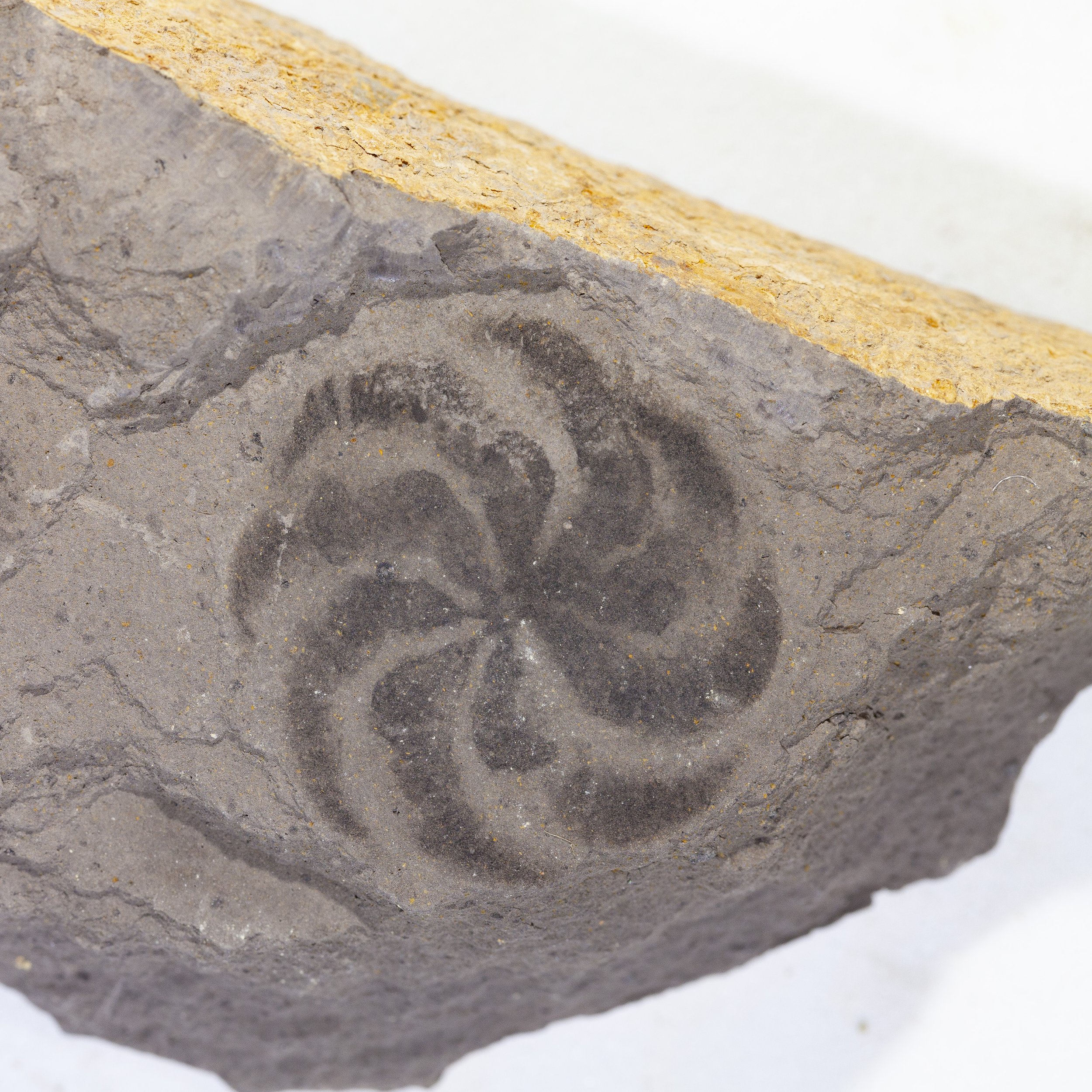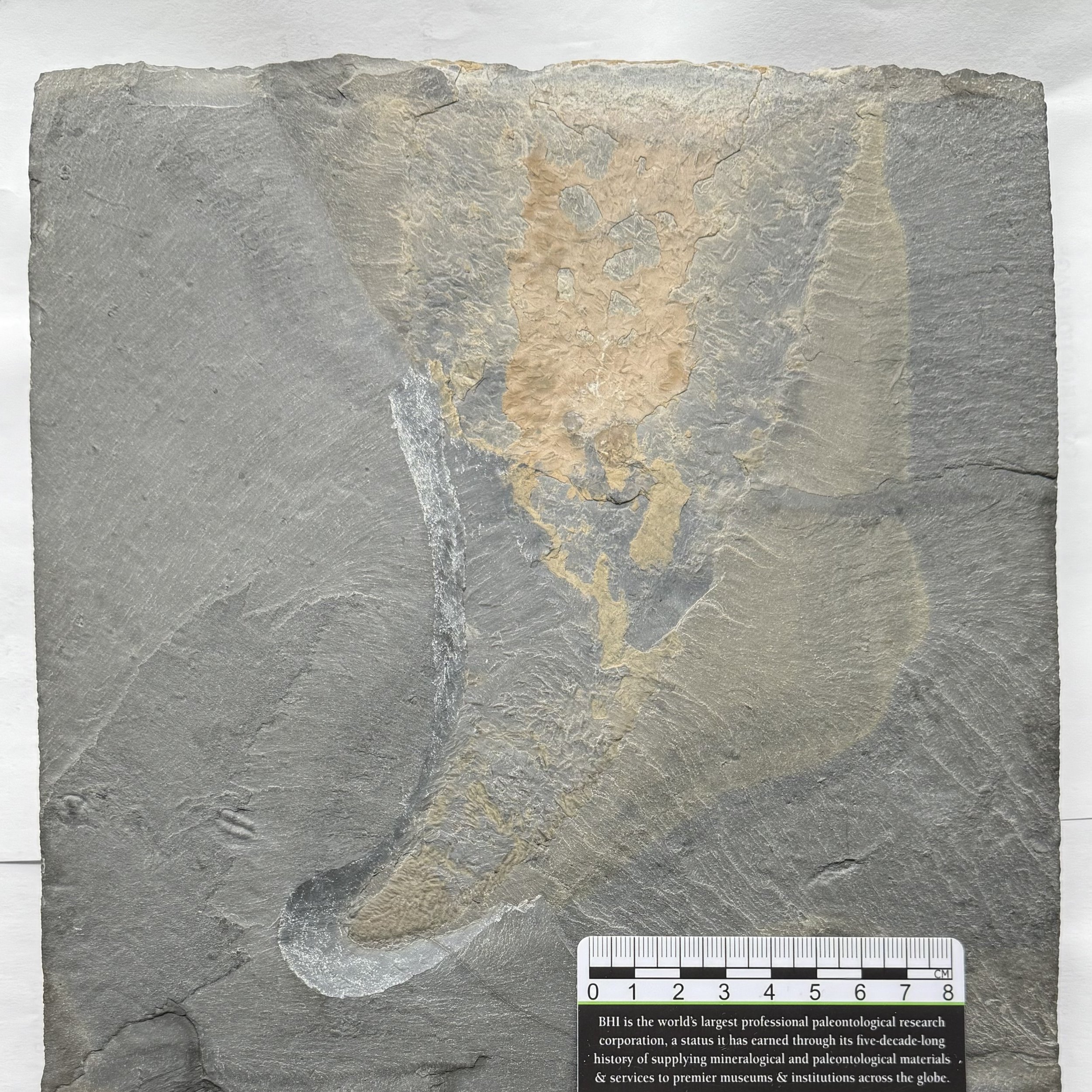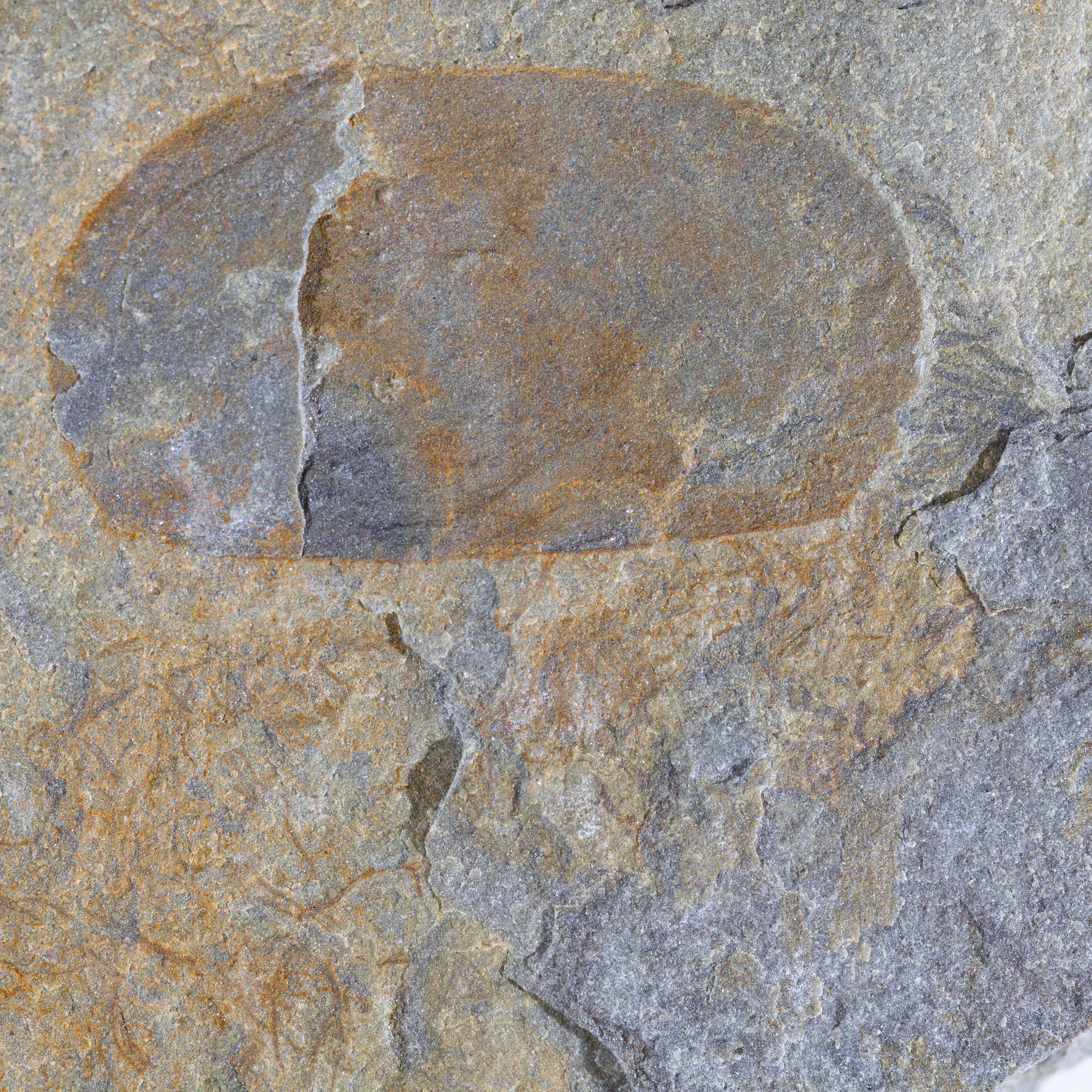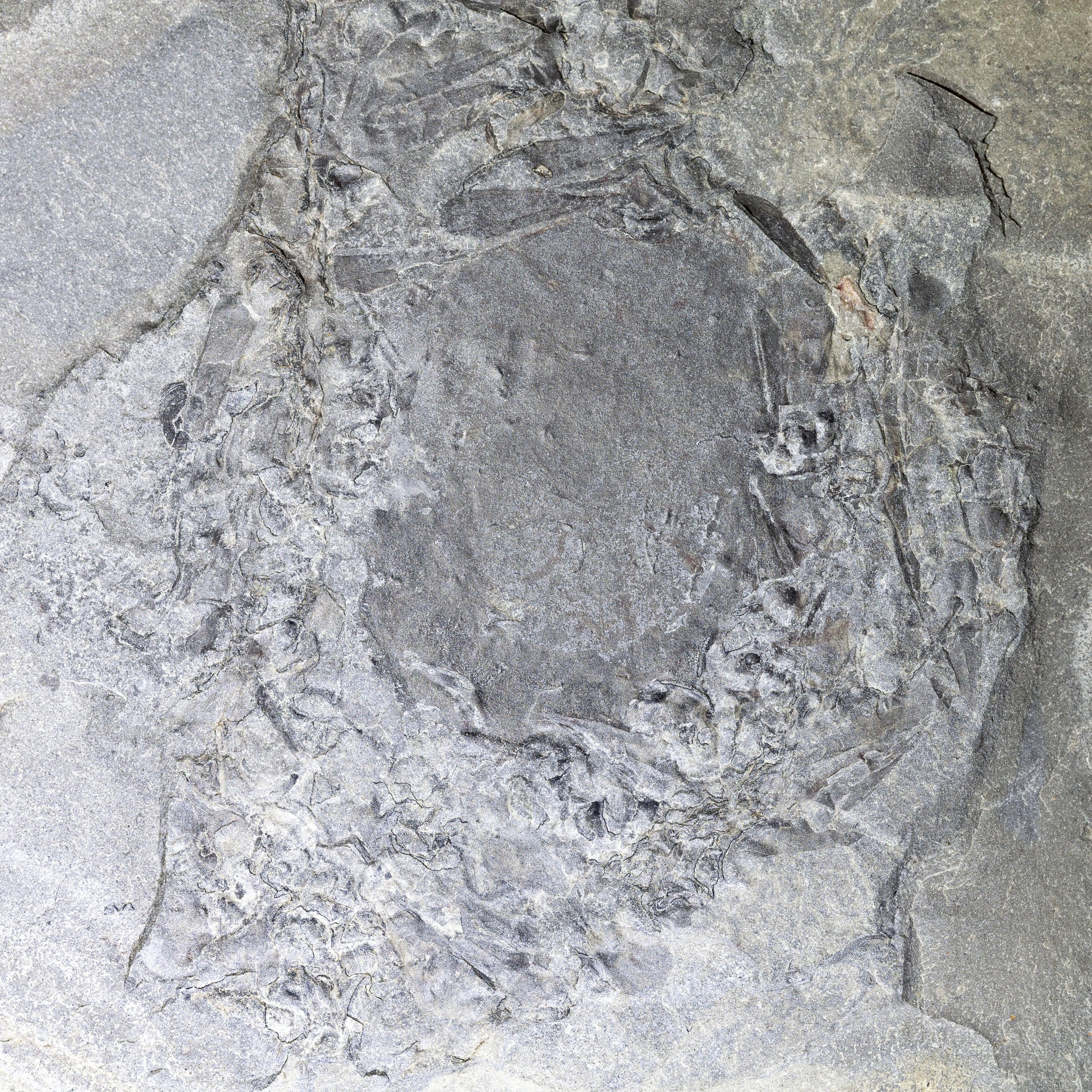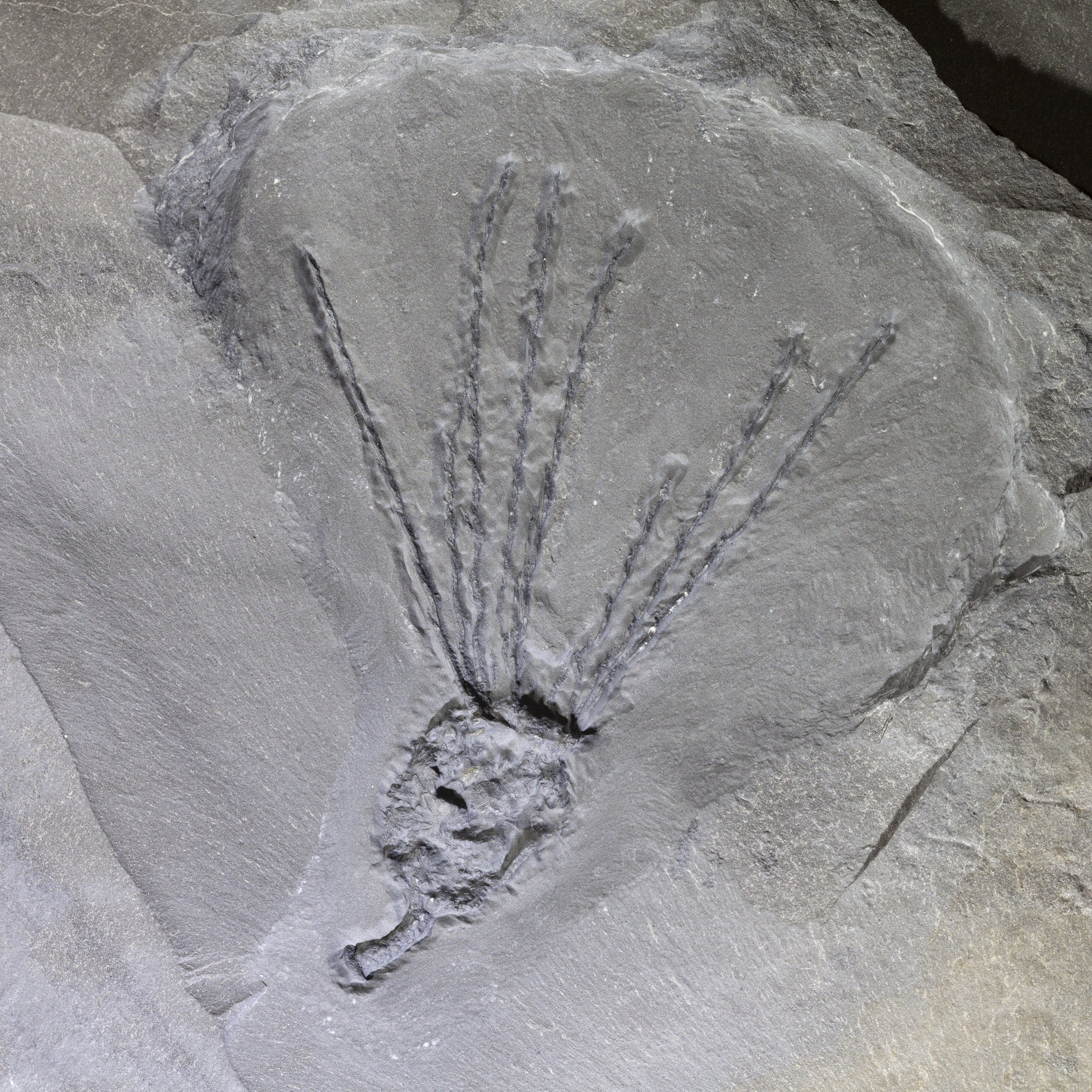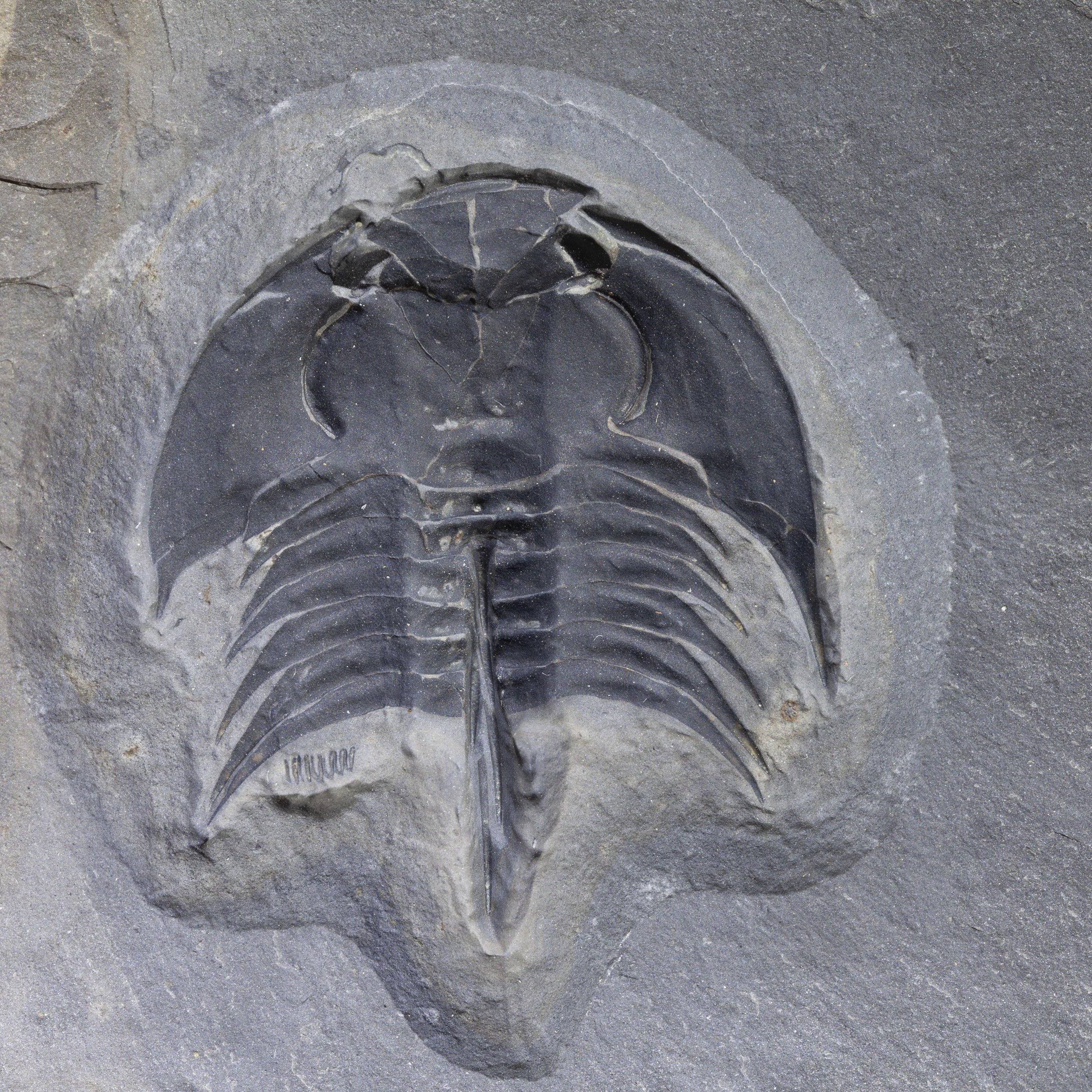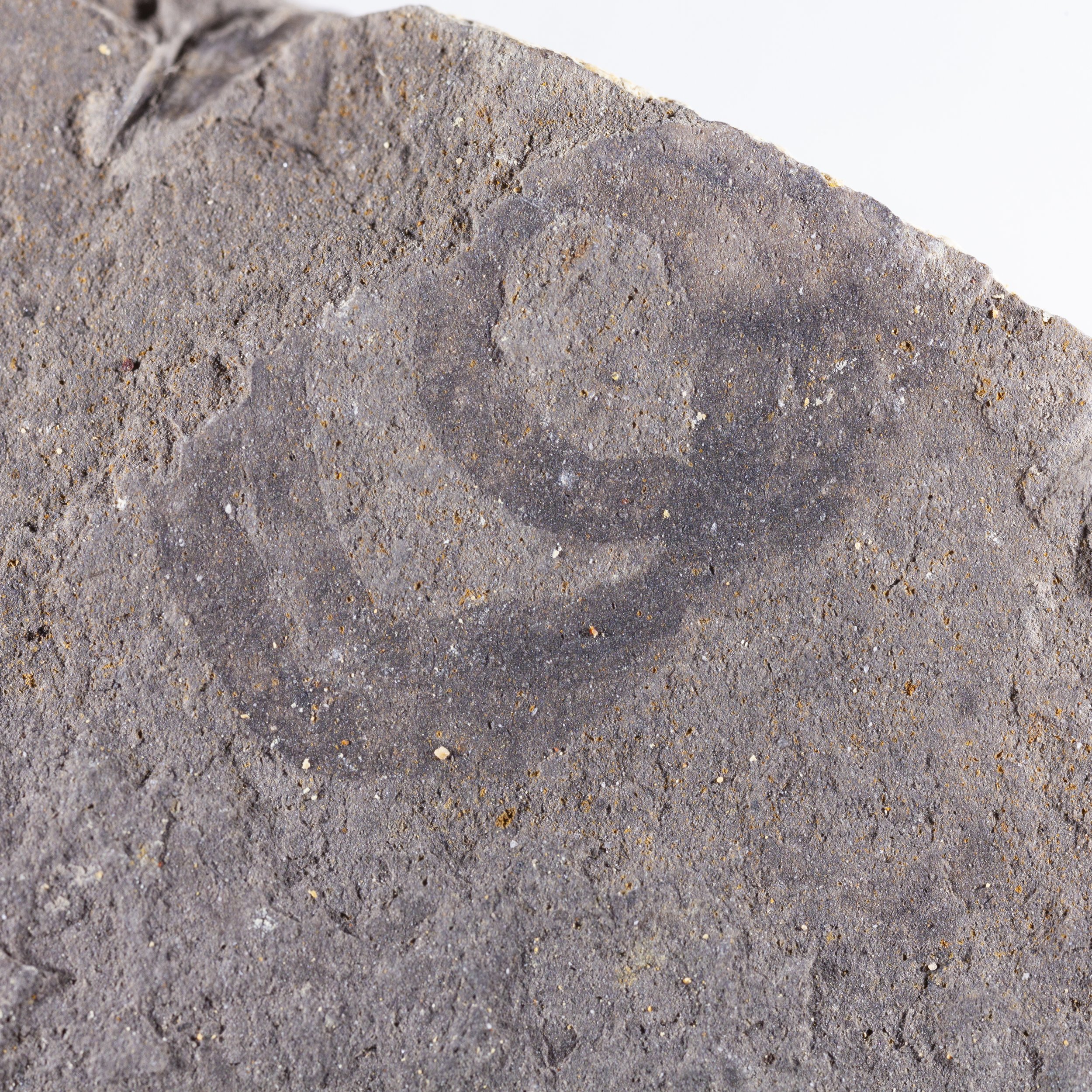Eoandromeda octobrachiata
Vendor: Fossil Soup
SKU Number: SQ5178253
A steller Eoandromeda octobrachiata from the Ediacaran, Doushantuo biota, Weng’an, Guizhou Prov., S. China
Recent research suggests Eoandromeda octobrachiata was likely a cone-shaped, benthic (bottom-dwelling) organism with a flexible body. This speciemn is approximately 2 cm in size.
Full dimensions are listed below.
Vendor: Fossil Soup
SKU Number: SQ5178253
A steller Eoandromeda octobrachiata from the Ediacaran, Doushantuo biota, Weng’an, Guizhou Prov., S. China
Recent research suggests Eoandromeda octobrachiata was likely a cone-shaped, benthic (bottom-dwelling) organism with a flexible body. This speciemn is approximately 2 cm in size.
Full dimensions are listed below.
Vendor: Fossil Soup
SKU Number: SQ5178253
A steller Eoandromeda octobrachiata from the Ediacaran, Doushantuo biota, Weng’an, Guizhou Prov., S. China
Recent research suggests Eoandromeda octobrachiata was likely a cone-shaped, benthic (bottom-dwelling) organism with a flexible body. This speciemn is approximately 2 cm in size.
Full dimensions are listed below.
Additional Information
Recent research suggests Eoandromeda octobrachiata was likely a cone-shaped, benthic (bottom-dwelling) organism with a flexible body. E. octobrachiata is a fascinating and enigmatic organism from the late Precambrian Ediacaran period, known from fossils found in both South Australia and South China. These fossils, typically ranging from 1 to 4 cm in diameter, exhibit a roughly circular outline with a distinctive feature: eight spiraling arms radiating from a central area. These arms have closed-off ends and can spiral either clockwise or counterclockwise, often displaying ridges across their surfaces. Uniquely, Eoandromeda is preserved in two contrasting ways – as impressions in sandstone in Australia and as carbonaceous compressions in shale in China, providing scientists with a richer understanding of its morphology. Its classification remains uncertain, with comparisons made to ctenophores (comb jellies) due to its radial symmetry, although definitive characteristics linking it to any modern phylum are still lacking, making it a key subject in understanding the evolution of early multicellular life.

